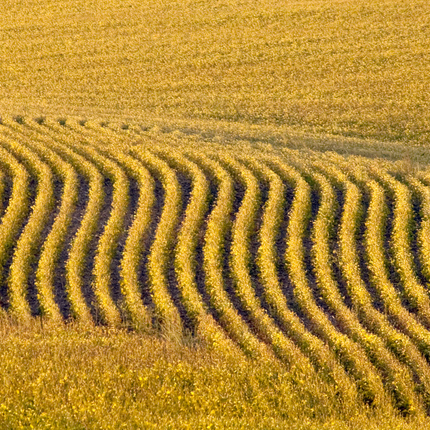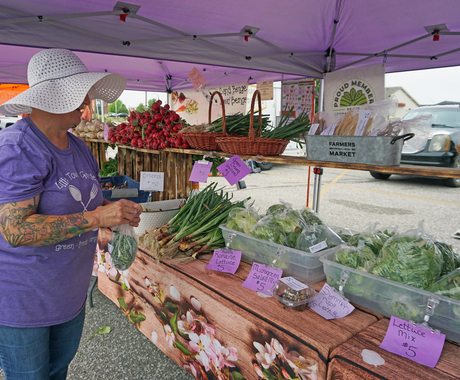By Traci Bruckner, former staff member
We are putting a stake in the ground on federal crop insurance and the need for reform. One of our greatest concerns is land access, based on what we’ve heard for years across the Midwest and Great Plains.
Farmers have told us the program was helping mega-farmers outbid beginning, and small and mid-sized farmers on farmland, putting upward pressure on land values. We decided to investigate. To explore the impact subsidized crop insurance places on land values, we worked with Mike Duffy, Professor of Economics, Iowa State University.
Here’s a sneak peak of the early findings. In short, the research shows that subsidized crop insurance indeed has an impact on land values. Duffy identifies a couple of ways the program impacts land values.
The first is subsidization of the insurance premium. Duffy states the premium farmers pay is not the actuarially sound premium. Rather, it is the premium minus a subsidy from the government. That premium subsidy is a benefit the farmer receives.
Second, crop insurance reduces the income risk associated with crop production, either through loss of revenue or crop failure. This risk reduction adds value because future returns are not as uncertain as they would be without crop insurance.
Duffy used data available from the USDA Risk Management Agency (RMA) to examine if federal crop insurance programs influence land values by the amount of the subsidy and the reduction in risk. The RMA provides detailed summaries of their business for the nation, by crop, by state, and by year going back to 1989. For this study, we used Iowa as the example.
The table below displays the impact. The first two columns show the value of risk reduction per acre. The last three columns show the percentage impact to land values in three ways: 1) with only the premium subsidy and no risk reduction factored in; 2) with a low factor of risk reduction; and 3) with a higher factor of risk reduction.
The findings demonstrate that subsidies have value to producers, and some of those subsidies get bid into land costs. When those subsidies also serve to reduce risk, they have an even greater value than the subsidy alone.
While we can agree that federal crop insurance is an important tool in the risk management toolbox, we can also agree it drives up production costs by increasing the cost of land. The effect is to prop up already well-heeled mega-farmers.
The full report will also examine the impact crop insurance places on cash rental rates. We will also outline policy solutions that will ensure the program works in the best interest of small and mid-sized family farms.
These are the people the anti-reformers suggest the program already benefits. We beg to differ. The nation needs reform that targets the root of the problem.
Stay tuned for more information as we roll out the completed study in the next few weeks.



